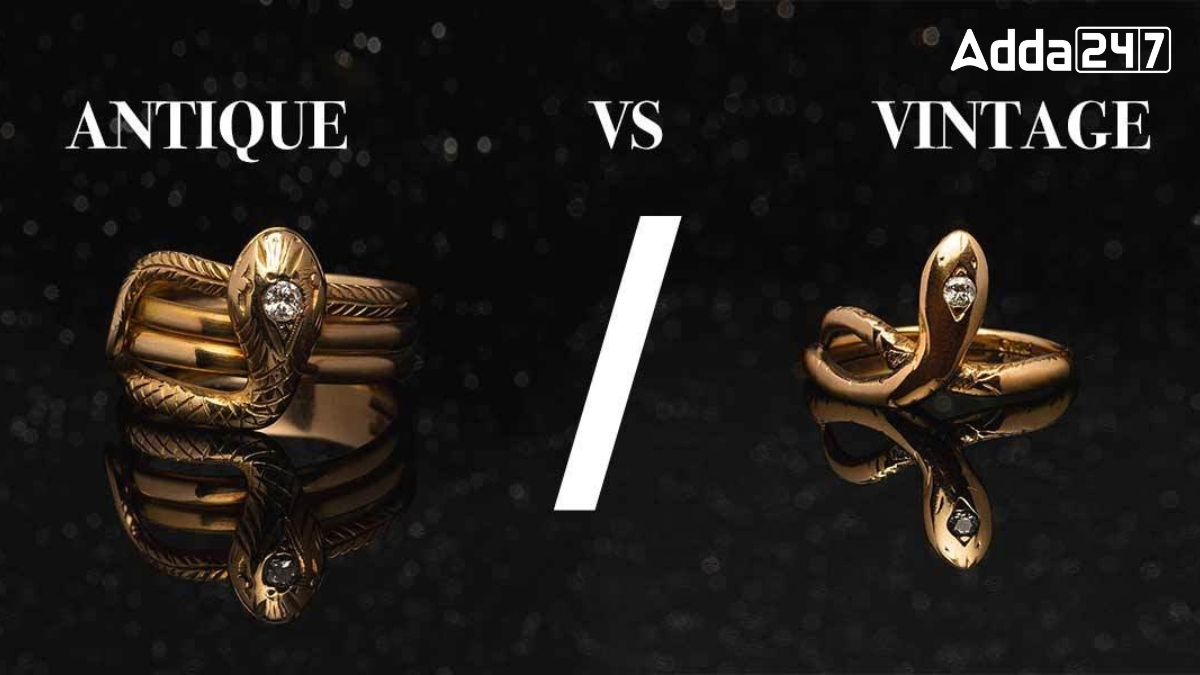When exploring the world of collectibles and historical items, the terms “vintage” and “antique” often come up. While they might seem similar, they have distinct definitions and characteristics. Here’s a detailed look into the differences between vintage and antique items.
What is an Antique?
An antique is a piece that has achieved a certain level of historical significance due to its age. The general rule for an item to be considered an antique is that it must be at least 100 years old. This definition sets a high bar, as these objects have survived for a century or more, capturing the essence of their respective eras. Examples include a hand-cranked record player from the early 20th century or a Victorian-era armoire.
According to Farm Antiques, “Antiques are items which must be at least 100 years old. That means, as of the date of this posting, an antique item was made on or before April of 1918.”
What is Vintage?
An antique is a piece that has achieved a certain level of historical significance due to its age. The general rule for an item to be considered an antique is that it must be at least 100 years old. This definition sets a high bar, as these objects have survived for a century or more, capturing the essence of their respective eras. Examples include a hand-cranked record player from the early 20th century or a Victorian-era armoire.
According to Farm Antiques, “Antiques are items which must be at least 100 years old. That means, as of the date of this posting, an antique item was made on or before April of 1918.”
Difference Between Vintage and Antique
Antique and vintage items differ primarily in age and significance: antiques are over 100 years old with historical value, while vintage items are 20-99 years old, reflecting past trends and styles.
Here is the difference between Vintage and Antique:
| Basis of Difference | Vintage | Antique |
| Meaning | Items at least 100 years old | Items between 20 and 99 years old |
| Historical period | Represents a century or more of history | Reflects more recent styles and trends |
| Examples | Early 20th-century furniture, rare historical artifacts | Mid-century modern furniture, retro fashion from the 1980s |
| Value source | Historical and cultural significance; crafted by renowned artists | Association with specific styles, trends, or popular culture |
| Value appeal | Important historical periods or renowned craftsmanship | Nostalgic appeal or connection to specific eras or designers |
| Where to find? | Specialty antique stores, flea markets, estate sales, auctions | Vintage clothing stores, thrift shops, online marketplaces |
| Charm | Timeless, represents historical value | Nostalgic, reflects past fashion or trends |




 Exploring Bondi Beach: Sun, Surf and Syd...
Exploring Bondi Beach: Sun, Surf and Syd...
 Chakrashila Wildlife Sanctuary: Location...
Chakrashila Wildlife Sanctuary: Location...
 Top-7 Oldest Palaces in India, Check the...
Top-7 Oldest Palaces in India, Check the...







